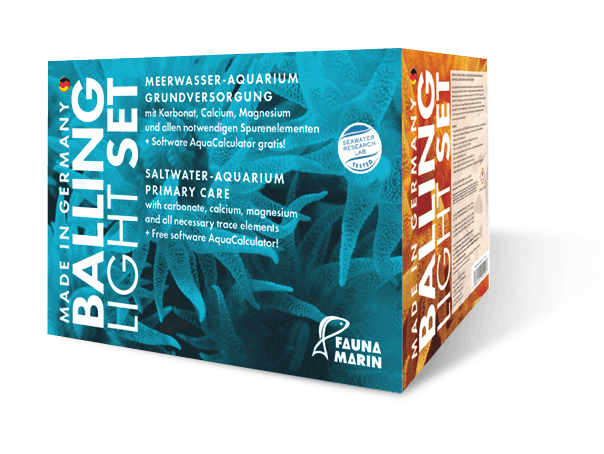Tungsten
Tungsten has no biological function in the aquarium, but can be dissolved into the water from pumps and technical products. At an increased value from approx. 30 µg/l, (0,26 US.liq.gal.) corals can already be damaged. Tungsten displaces molybdenum which is needed for the function of important enzymes, and this effect increases with increasing tungsten concentration. Tungsten is often found in cheap pumps and plastics mostly from Asia and accumulates in the water over time. Tungsten concentrations that are too high can be reduced by partial water changes. In our experience, this substance does not form solid deposits.
What’s this:
Tungsten is a heavy metal that is found in seawater in very small amounts. Tungsten is not essential, but can displace molybdenum from required enzymes.
Problems:
Above 30 µg/l, (0,26 US.liq.gal.) contamination with tungsten becomes critical.
Measures:
Partial water change. Exchange of cheap pumps and plastics.
Indicator species:
None. Tissue stripping on SPS coral.
Value too high:
Tungsten gets into the water through cheap plastics and ceramic shafts of pumps. The first damage can be observed on clams and fast-growing corals from a value of approx. 30 µg/l.(0,26 US.liq.gal.) In such a case, only comprehensive partial water changes and removal of the source will help.
Value too low:
No dosing intended.
| Benefit | None, above 30 µg/l (0,26 US.liq.gal.) pollutant |
|---|---|
| Default value | 0–5 µg/l (0,26 US.liq.gal.) |
| Skill Level | none |
| Source | Plastics, pumps, technical equipment |
| Available | none |
| Importance 1–6 | 1 |
| Detection quality | save |

Balling Light:
There is no dosing provided. See note (too high value).